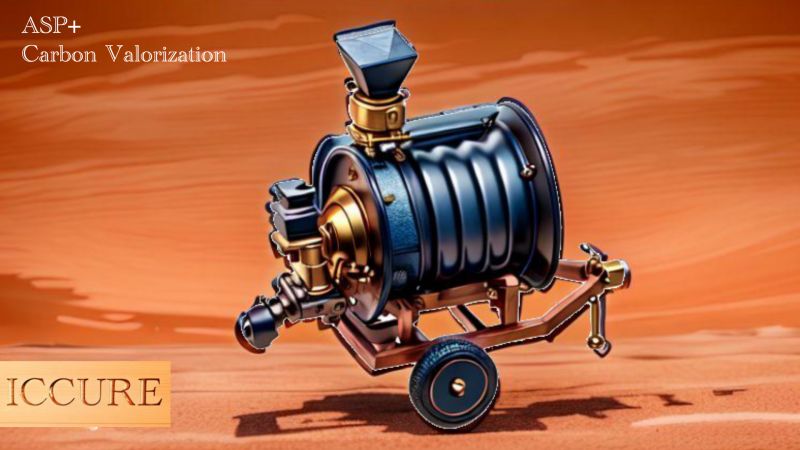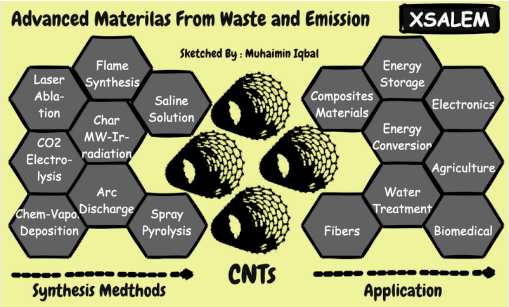ASP+ for Carbon Activation and Functionalization
Advanced Renewable
Tue , 23 Apr 2024 23:36 WIB

Previously, I have uploaded several times a machine that we call ASP (Autothermal Slow Pyrolysis), which is a machine for converting rubbish and waste which was originally a burden, into an asset in the form of charcoal. So what is this charcoal for?
The easiest thing is to use it as energy, to produce syngas and even to deliver green hydrogen. But charcoal itself also has very diverse uses, from capturing CO2, filtering water, cleaning gas, cleaning up oil spills, to being a medicine for stomach aches. The object is the same but has various uses, so what is the difference?
Charcoal's ability to have multi-functions mainly depends on two things, namely its surface area and its functionalization. The surface area of carbon can be increased through heat treatment, through chemical treatment or both. Meanwhile, the functionalization can also be through chemical reactions or it can also involve other materials that have special uses combined with it.
With this activation and functionalization, the ability of the same carbon material can be increased many times over and is able to capture or separate objects that have opposite properties. To be used to clean up oil spills, for example, apart from being activated, carbon is also functionalized in such a way that it is hydrophobic and superoleophilic. On the other hand, to clean water from contaminants dissolved in it, you need superhydrophilic activated carbon.
If activated carbon is treated with acid, it will be able to absorb alkaline substances, and conversely, if it is treated with alkali it will be able to absorb acidic substances. In essence, with this activation and functionalization treatment, carbon can be directed to absorb how much, and what substances it wants to absorb.
To capture CO2, for example, because when CO2 reacts with water it forms carbonic acid (H2CO3), the carbon that will be used to capture it must be functionalized with a base. How much CO2 will be captured by each unit weight of carbon? this one is the task of the activation process.
When we want to capture CO2 with carbon and both will be directly used to produce CO gas (syngas) without any additions, for example, the activation process is directed so that the carbon only captures CO2 weighing 3.7 times the weight of the carbon. On the other hand, if carbon is to be used to capture as much CO2 as possible, then our research found that the highest CO2 capacity that can be captured by carbon so far is around 40 times the weight of carbon itself.
The picture below is an ASP machine which we have equipped with activation and functionalization capabilities, so we call this machine ASP+. With this machine, rubbish or waste that was originally a liability can be increased in value to the highest possible according to the carbon usage target after being activated and functionalized.
Pos Lainnya
Interface for Low Cost To High Value Clean Energy
Apr 23, 2024
Teknologi Untuk Para Santri
Apr 23, 2024
Tetra Generation In The Making
Apr 23, 2024
Kategori
Renewable Energy






Silakan mendaftar terlebih dahulu!
Untuk memposting komentar baru. Anda harus login terlebih dahulu. Masuk
Komentar
Tidak ada komentar